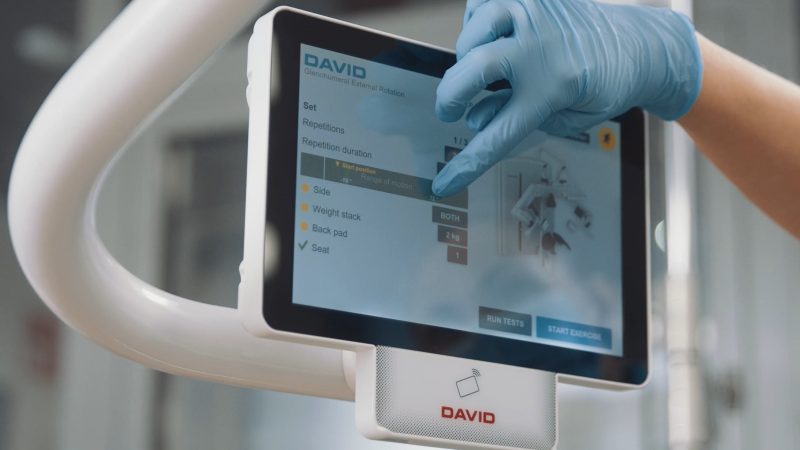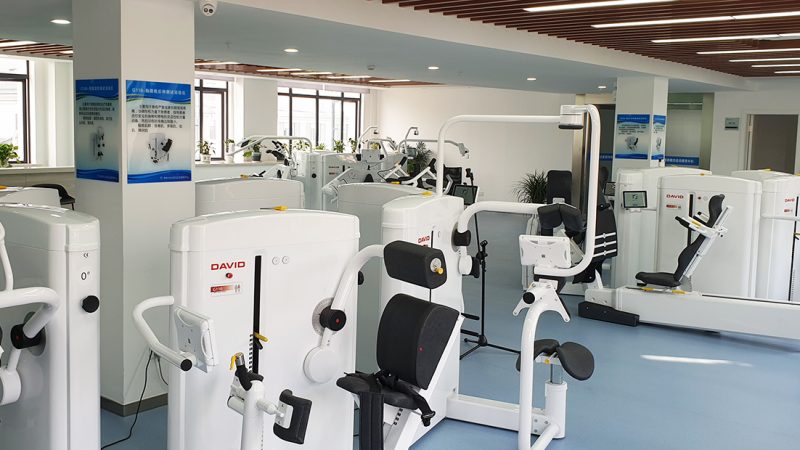Objectives
This case study aims to evaluate the effectiveness of David Health Machines in the rehabilitation of a 22-year-old male basketball athlete following ACL reconstruction surgery. Specifically, the study investigates how David Health Machines contribute to neuromuscular coordination, muscle strength, and knee stability, which are essential for a successful return to sport.
Methods
The patient, who underwent ACL reconstruction with a patellar tendon graft in 2024, participated in a comprehensive rehabilitation program at Golden Hills Physical Therapy. The rehabilitation focused on strengthening, neuromuscular coordination, and sport-specific recovery. Key interventions included the use of David Health Machines to progressively target muscle groups around the knee, ensuring safe and efficient strengthening without overloading the joint. Real-time feedback from the David machines allowed the patient and therapists to track progress through objective testing. Additionally, plyometric exercises, balance training on unstable surfaces, and Blaze Pod drills were incorporated to restore explosive power, agility, and reaction time.
Results
After completing the rehabilitation program, the patient demonstrated a 60-70% improvement in knee strength, stability, and pain reduction. Objective testing on the David Health Machines showed significant gains in muscle activation, neuromuscular function, and overall knee stability. The patient regained confidence in his knee and was able to safely transition back to sport-specific drills and plyometric training. Ultimately, the patient was ready for a safe return to competitive basketball.
Conclusion
This case study highlights the pivotal role of David Health Machines in enhancing rehabilitation outcomes for athletes following ACL reconstruction surgery. The targeted, machine-based strengthening, coupled with real-time feedback and gamified rehabilitation techniques, facilitated a smooth transition from early recovery to sport-specific functional movements. The data-driven, personalized approach provided by the David Health Machines ensured a safe, efficient, and effective recovery, preparing the athlete for a confident return to basketball.
N. Shah et. al. (2025), Evaluating the Role of DAVID Technology in Post-ACL Rehabilitation for Athletic Return: A Case Study Analysis. Golden Hills Physical Therapy, USA.
Bastiaan Meijer
 English
English 
























